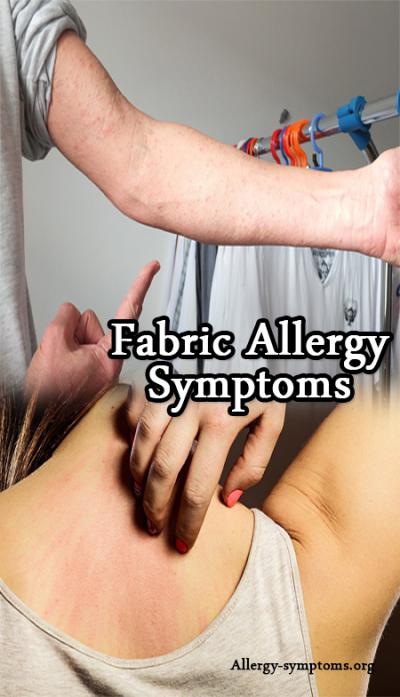It isn’t always the cold that leads to runny nose, coughing and sneezing. Fabric allergic symptoms trigger similar signs.
Further, allergic reaction triggered by fabric can cause blisters, contact dermatitis, redness and itching.
According to experts, chemicals incorporated in fabric or the textile fabric itself can be held responsible for the reaction.
What Causes Fabric Contact Dermatitis?
Textiles include synthetic dyes, tanning agents, glues and formaldehyde resins. Permanent press fabric is chemical processed avoid wrinkles and abide with its shape. Other textiles like waterproof fabrics, drapes, curtains and curtains are incorporated with resins.
These chemical ingredients when comes in contact with the hypersensitive person, immune system reacts adversely and produces IgE antibody molecules. With the repeated contact, these molecules trigger a chemical reaction and thus, you’ll notice different allergic symptoms.
Other synthetic materials that may stimulate the reaction include Para-phenylenediamine, Azo dye, Urushiol oil, anthraquinone dye, rubber accelerators, latex and cobalt.
Metallic dust particles like arsenic trioxide and antimony trioxide can elevate blisters and redness over the skin.
Fabric Allergy Symptoms

Allergic signs can be experienced within few hours of wearing the allergic fabric. In some cases, it may take few days to show acute reaction.
Arms, knees, buttocks, armpits, groin area and under the breast are most often affected areas.
Symptoms as mentioned include:
Redness, swelling over the skin, inflammation, red blisters, hives or skin rashes and chronic itching are few common signs.
Small inflamed blisters are filled with fluid burst results in scaly skin. Repeated itching also makes your skin leathery. Often these bumps are accompanied by pain and pus.
Diagnosis and Treatment
Avoid wearing the fabric that triggered allergic reaction, this is the best way to prevent the reaction.
As it isn’t easy to determine the fabric that triggered reaction, you must get diagnosed by physician. Allergist or physician will conduct skin prick test to confirm the allergen.
Once the allergen is confirmed, you must stay away from it in all forms. Make sure inner wears, scarf or other clothes you wear doesn’t include the allergic ingredient.
Steroid creams and antihistamines recommended by the allergist will reduce rashes and blisters.

